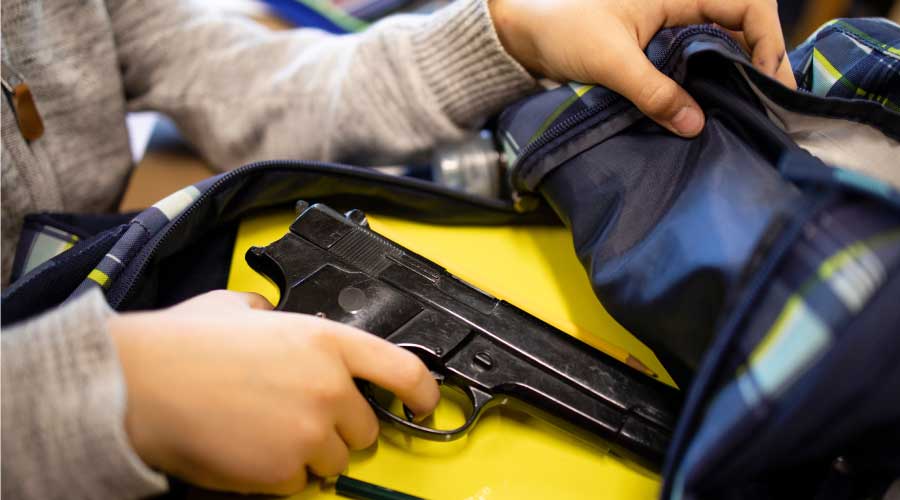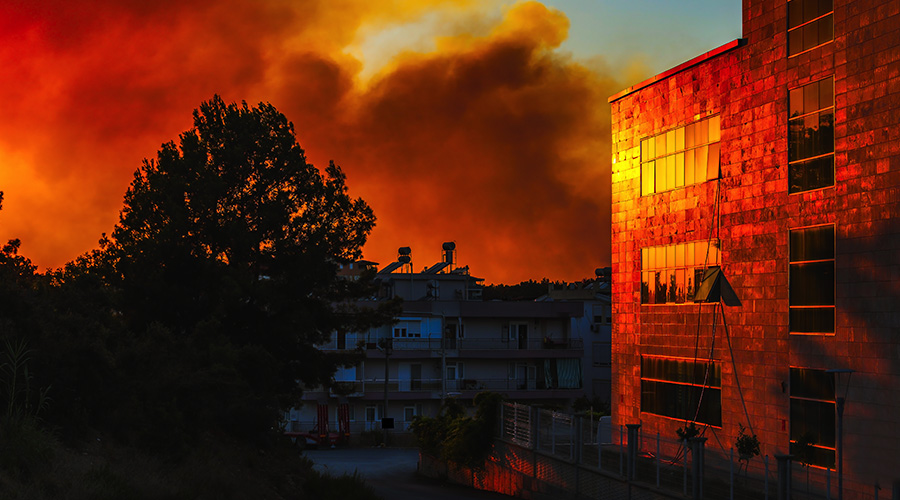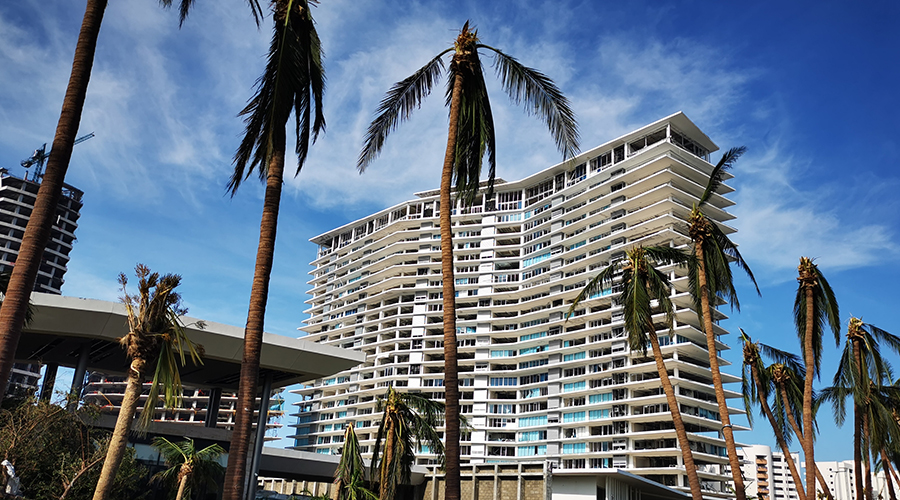Much Unknown About Stairwell Evacuation Behavior, Study Finds
Research to date provides limited insight into how people react and behave in stairwells during evacuations, and for the most part, variances in speed cannot be explained by the evacuation models currently used in building design and emergency planning, according to a study by the National Institute of Standards and Technology (NIST).
Research to date provides limited insight into how people react and behave in stairwells during evacuations, and for the most part, variances in speed cannot be explained by the evacuation models currently used in building design and emergency planning, according to
a study by the National Institute of Standards and Technology (NIST).
NIST researchers studied people movement speeds during three full-building fire drill evacuations and compared the data to already published results—including those from NIST’s investigation of the World Trade Center disaster on Sept. 11, 2001— to try to identify the factors that could hamper rapid evacuation using stairways.
Building engineers typically use five factors to describe occupant descent down stairwells during building evacuations: pre-evacuation delay, distance traveled during evacuation (movement from higher floors versus lower), counterflow situations (such as firefighters moving up a stairwell while occupants are moving down), stairwell geometry and density of persons in the stairwell. Models make use of such variables to predict the performance of egress systems and the expected speed for a complete evacuation.
These engineering parameters could only explain about 13 percent of the differences observed in evacuation speeds for the three fire drills, according to the report. Since these speeds were similar to ones reported by previous studies, the researchers suggest that psychological and behavioral factors may be more important in determining how fast occupants can actually exit a building. Inaccurate evacuation data based on simplifications about behavior could lead to unsafe building designs and procedures, the report says.
Related Topics:











